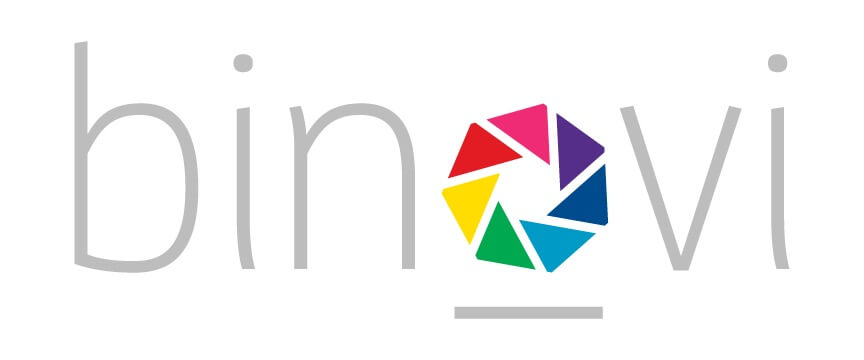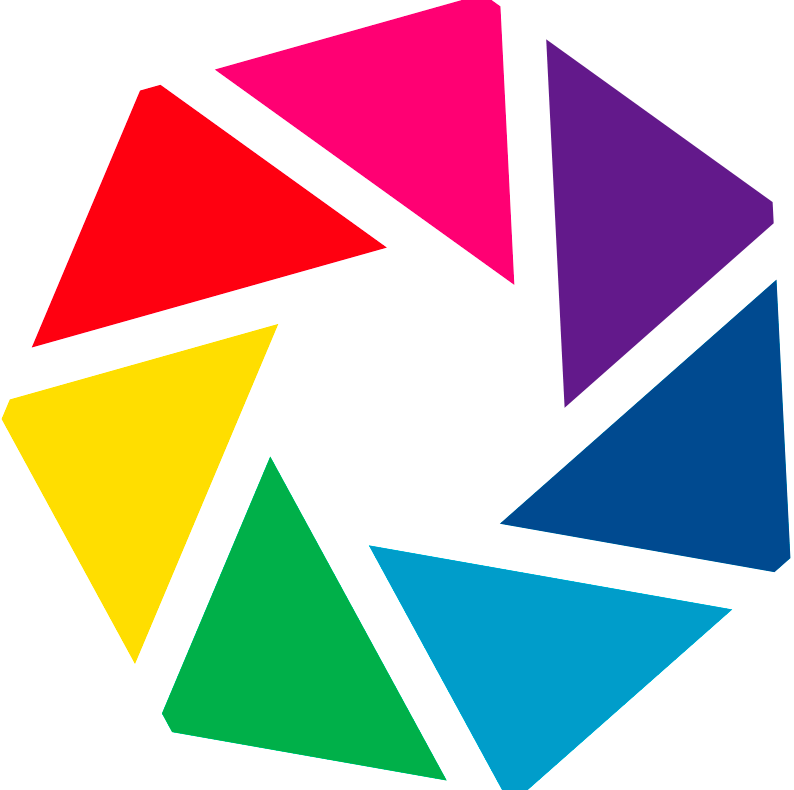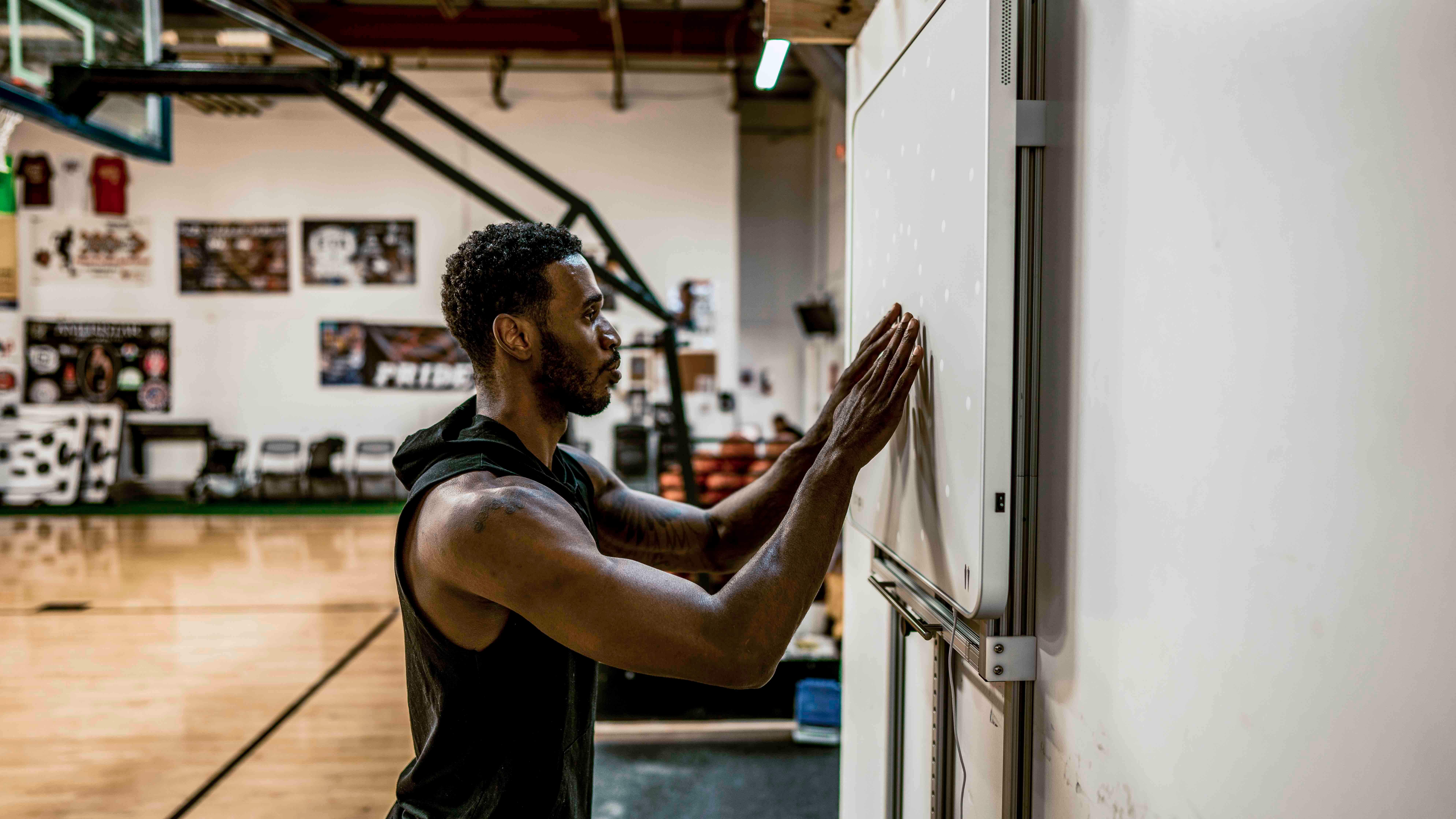
Sports Vision Training: 2-Part Article Series
Regardless of the age or skill level of the players at hand, there’s one constant that cannot be ignored: success in basketball comes down to simply making shots. The National Basketball League (NBA) has long been called the “make or miss league,” an adage that reflects on a number of different aspects of pro ball, but strikes home when it comes to shooting. Good shooting comes in many different forms: watch an NBA game and you will see a variety of shooting forms and techniques. While there is an underlying set of concrete fundamentals that all shooters must have, how they implement them can vary. Often overlooked by players and coaches alike, vision plays a substantial role in a shooter’s ability to put the ball in the basket.
“Athletes are always looking for anything that can give them a competitive edge. When asked when they perform at their best, all say that ‘the game slows down.’ In reality, it all starts with vision,” says NBA shooting guard Kareem Rush.
Basketball relies heavily on vision for not only shooting, but also for making accurate passes, anticipating the movement of the ball and other players, and being able to be both alert and aware throughout a game. Working alongside optometrists and other vision care specialists, the International Sports Vision Association (ISVA) has developed a list of 10 key vision skills, with their emphasis varying from position to position. So, what’s important?
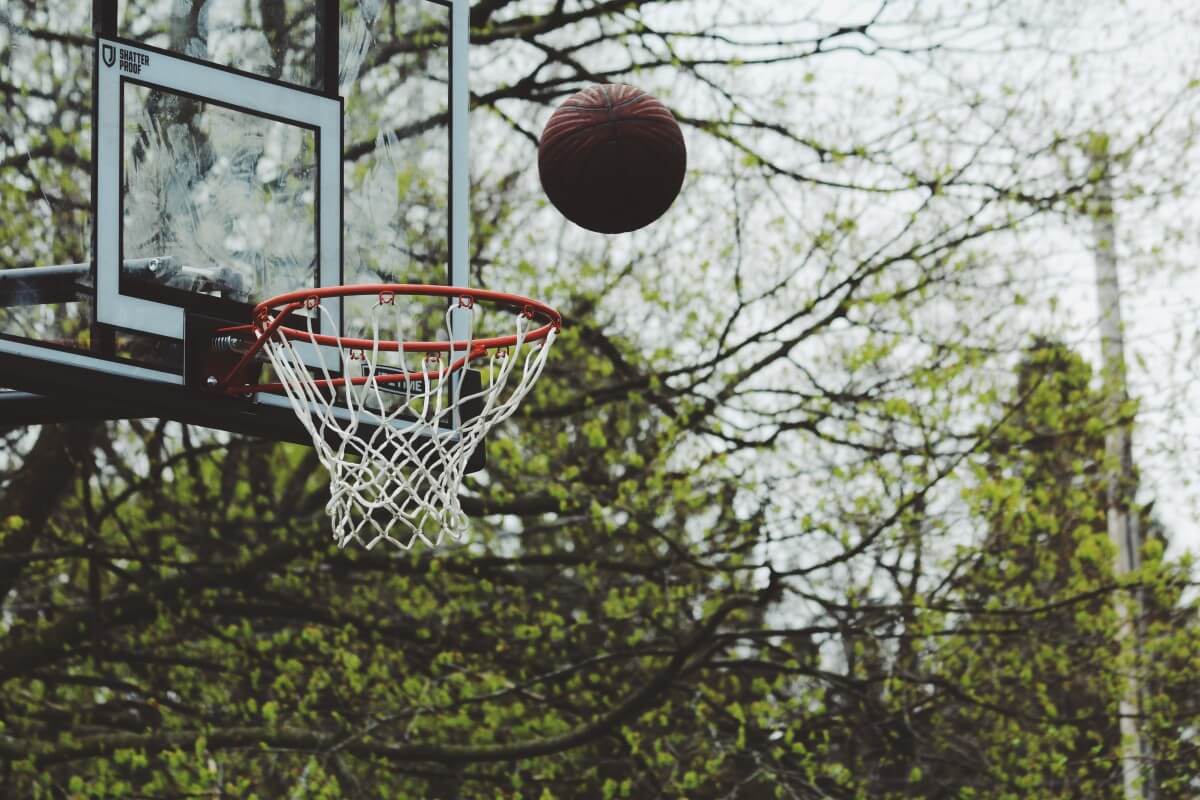
Concentration/Focus
Maintaining focus and concentration is so important to avoid turnovers, hit free throws, and stay mentally “in the game”.
Accommodation + Convergence
Ensuring the eyes work in-sync and are accurately on-target means it’s easier for players to track the ball and other players over the course of possessions, especially at the defensive end.
Anticipation + Timing
Anticipating passes, anticipating the ball ricocheting off the basket to rebound, and when to jump to block or disrupt a shot all require having perfect timing to execute. Timing and anticipation are crucial skills for players on both ends of the floor.
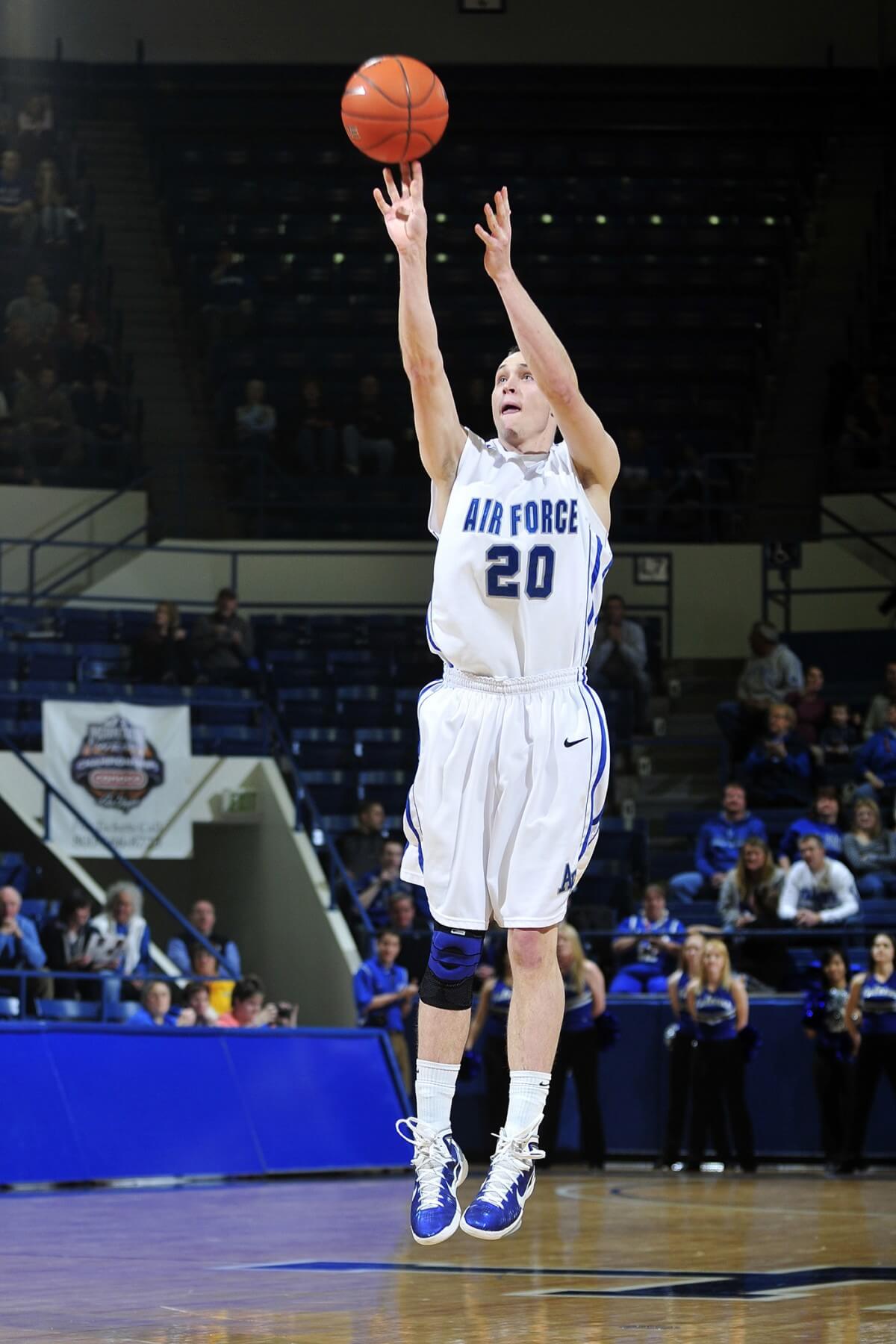
Depth Perception
Players have to be able to quickly and accurately judge distance. This includes quickly deciding the needed power for shooting, navigating the space between players impacting decisions/reactions on both ends of the floor, and even determining how much room they have on the court.
Dynamic Visual Acuity
Having clear, sharp vision is key, but if that clarity disappears as soon as the target moves, it’s of no use in sport. Maintaining sharpness while moving is key.
Eye Fatigue
We train cardio to improve a player’s ability to keep running even at the very end of the 4th quarter, but endurance in the muscles that control the eyes is just as important. Studies show that eye fatigue plays a role in late-game decision-making, anticipation, and shooting.
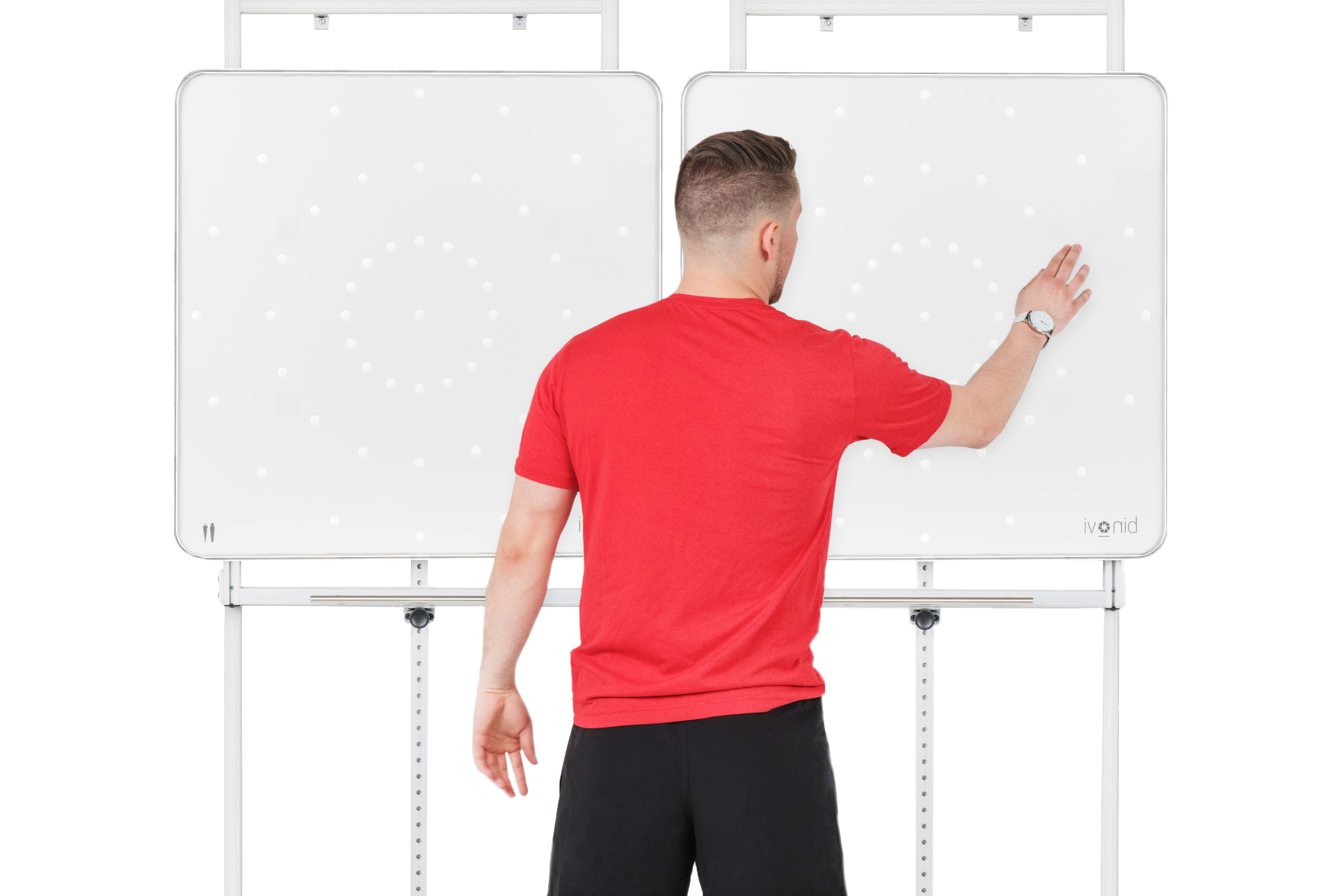
Fixation Ability
Critical to accurately shoot at the desired target, a player’s ability to accurately focus on the basket —and retain that focus in the follow-through— can make all the difference. Maintaining focus on a target (whether it is the backboard or the hoop) is equally important while driving to the hoop and jumping under defensive pressure.
Peripheral Vision + Awareness
Players have to be able to use their entire visual field to understand and take advantage of their surroundings. Open players that appear in the corner of the eye can be appealing targets —if they’re visible!
Speed and Span of Recognition
Recognizing the opportunity in a play and how it develops as quickly as possible promotes a higher “Basketball IQ.” When players only have a fraction of a second to make a decision, it has to count.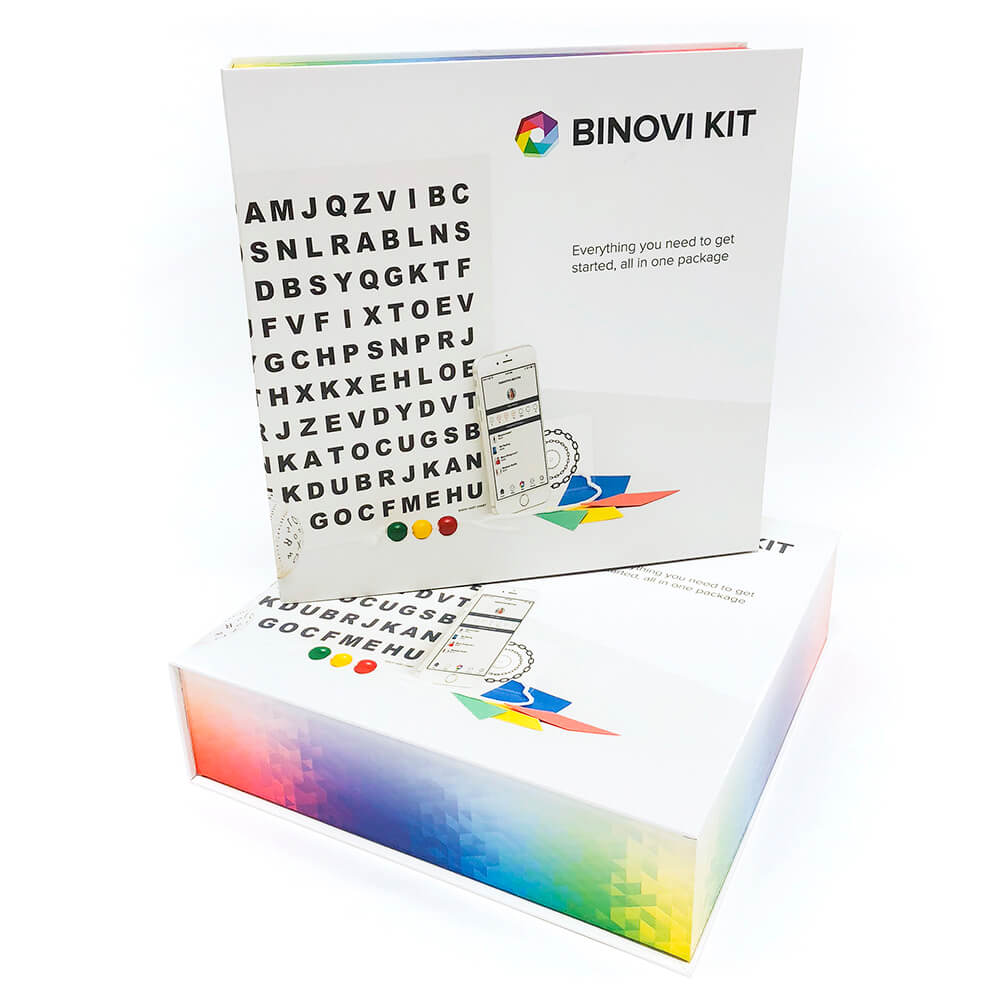
Visual Reaction Speed
Things move quickly in basketball, and reaction time and reflexes play a massive role in player and team success at both ends of the court. This is where coaches can start to train the player’s mind to react quickly and correctly.
Superior vision skills can give players a real advantage. Improving those skills is the next step in improving overall human performance. While this notion has been deemed important at the top levels of the sport, it can be just as important for teens and young adults working their way up through the ranks in high school and college ball. Improving key vision skills can mean the difference between state championships, scholarships, and even draft ratings!
“Being a great player means being a complete player. You can tell when a player has an edge in processing information quickly, it’s natural and they have an attention to detail that allows them to flourish in high-leverage situations. Talent is one thing, but so many other traits are needed to become a complete player. Vision and recognition skills are always being developed, at every level, at any age. Hand-eye coordination and visualization are a huge part of the game; more importantly, it’s a huge part of the skill development process of a player,” says Jarrett Sutton, Regional Scout for the New Orleans Pelicans and former consultant for both the Minnesota Timberwolves and Brooklyn Nets. Improving these traits is where sports vision training comes into play.
About Binovi
Built on decades of research and technological innovation, Binovi is a neuro-visual performance testing and training platform combining dedicated hardware and software, expert knowledge, and data insights to test, analyze, track, and report on visual and cognitive performance. We’ve worked with vision care, occupational therapy, and sports vision specialists to develop the tools used in child development, rehabilitation, athletic training, and more. Using Binovi, these specialists are able to identify issues with key vision skills, assign personalized plans to help remedy those issues, and improve overall performance. Whether it’s in the classroom, on a court, field, or rink, during rehabilitation, or in old age, Binovi is designed to bring a better quality of life to the approximately 1 in 4 people worldwide living with an undiagnosed vision issue.
